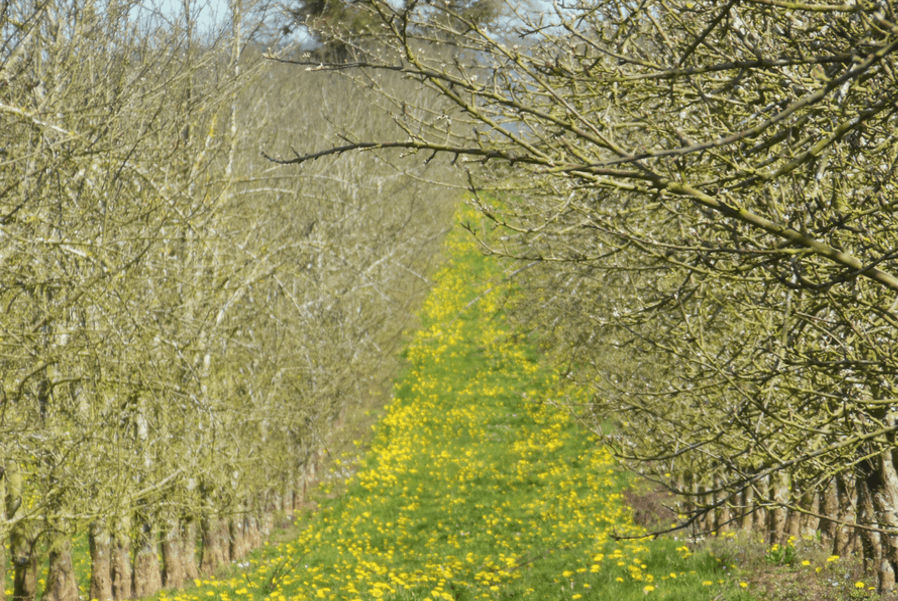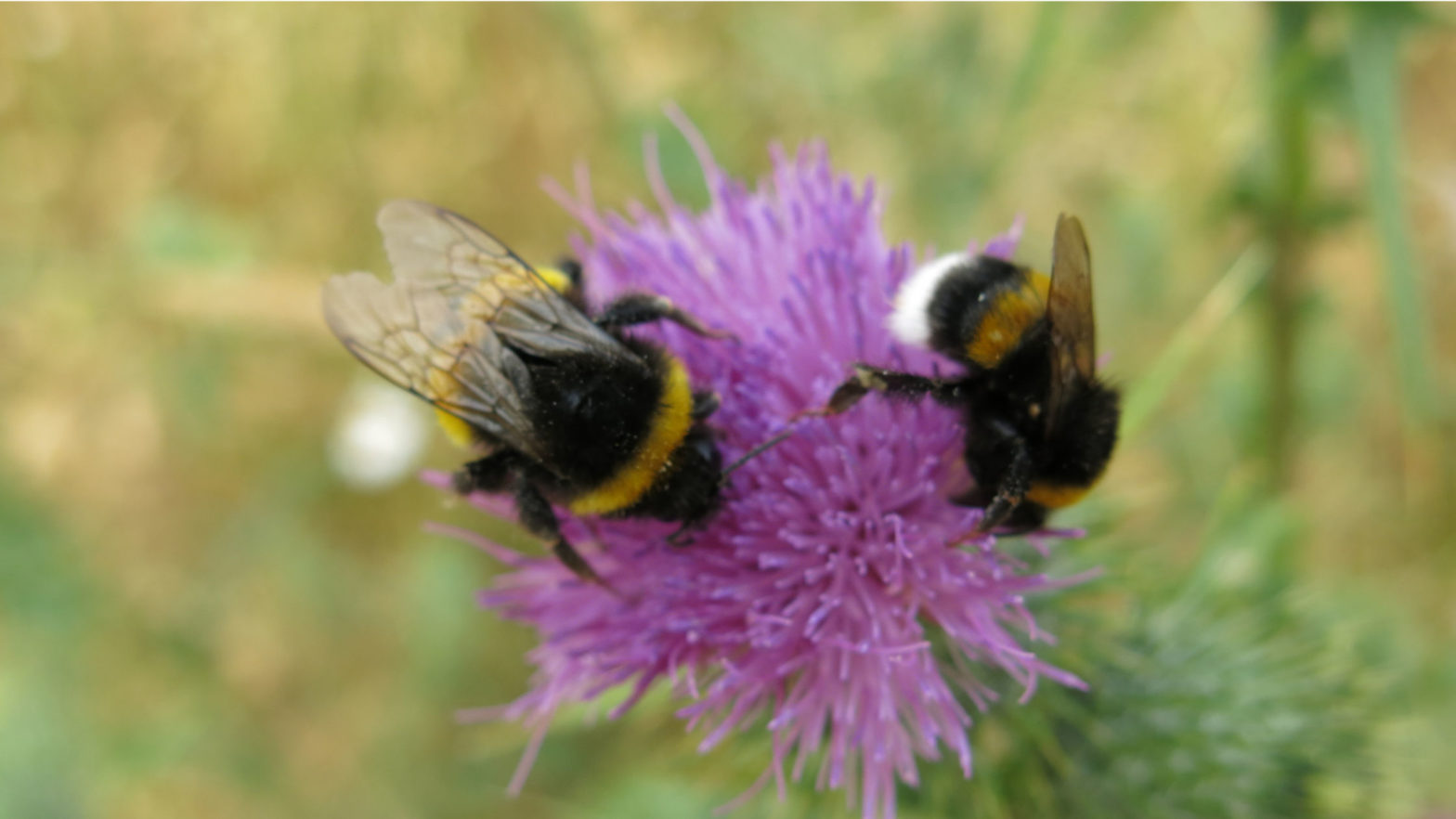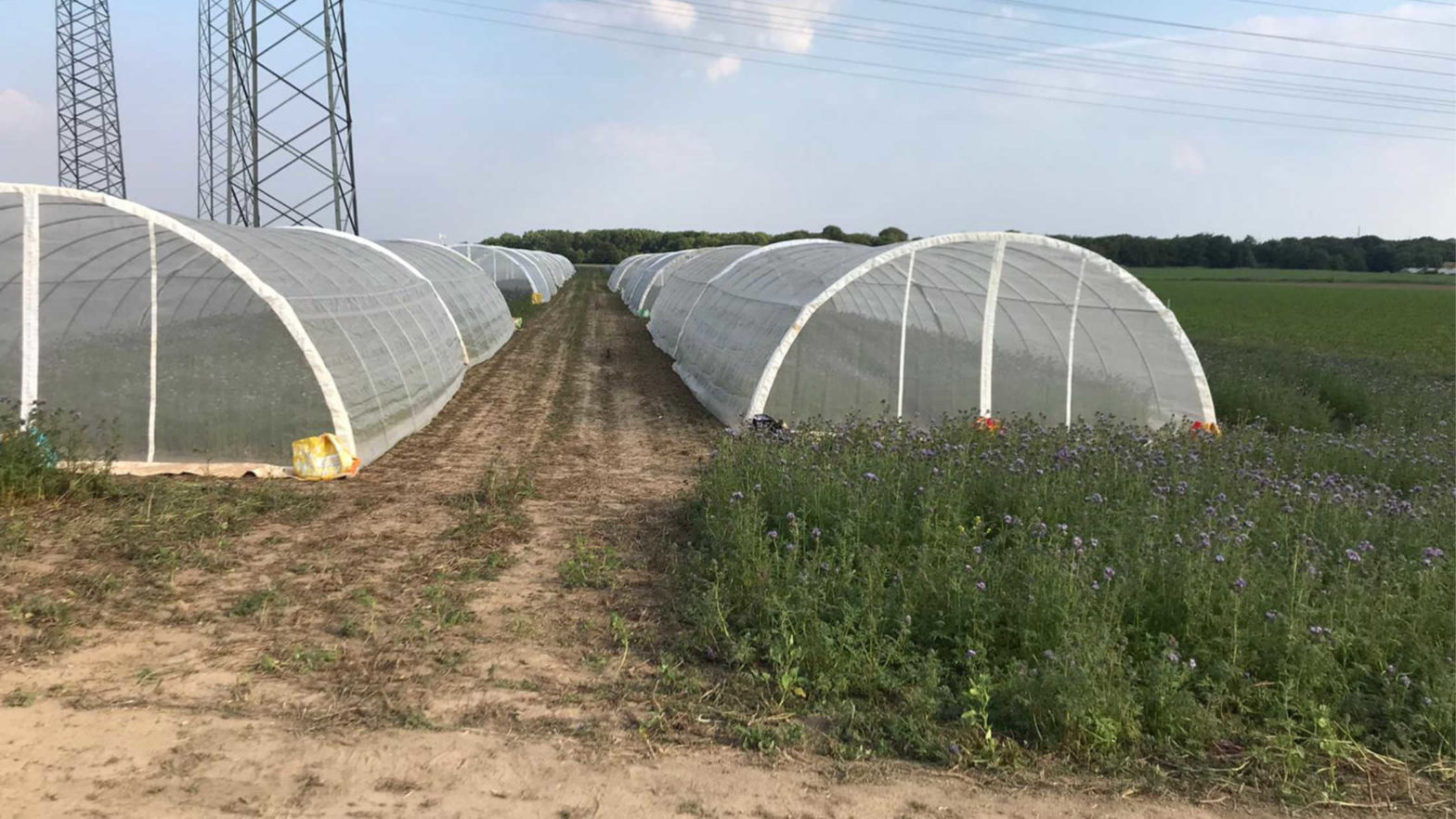One of my most requested talks currently is about the challenges for bee health that result from the climate change and the loss of biodiversity. There’s a beginning awareness, with quite a bit of insecurity what to do. Or if we’re doomed. Though on some days I would tend to the second, I’m definitely opting…

Bee conservation – the term seems pretty straightforward. However, even such a noble goal can divide and create conflicts. Also between bee people. When I do talks and courses for beekeepers about “other” bees, I often get the question: “But you do like ‘real’ bees, too, don’t you?”. My answer is that I like all…

Flower strips at field edges are quite popular. They’re promoted as “bee-friendly”, as increasing biodiversity in farmland. Noble goals. However, it’s a legitimate question if this is true. Some studies show contradicting results. It’s also a common criticism that with flowering strips you first attract pollinators, which are then killed by pesticide applications. This is…

Social bees – and I don’t mean only honey bees by this – are more visible than solitary species. When there’s a bumblebee colony nearby or an apiary, you will automatically see more bumblebees of this species or honey bees flying around. It’s a numbers game. However, I always insist that the bee colonies are…

Bumblebee ranges are a bit different from other bees. As a rule of thumb, bees are most diverse in regions with Mediterranean climate. Bumblebees, on the other hand, like it cooler. I like to call them the polar bears between the bees. This is funny, because, as I learned today, in China apparently they’re called…

The impact of climate change on pollinators is complex. In the examples I gave last week, we saw how a divergence between the flowering period of a plant and the activity period of a bee species can affect the latter. Such phenological mismatches happen when plants and pollinators react differently to rising temperatures. Phenology, if…


1